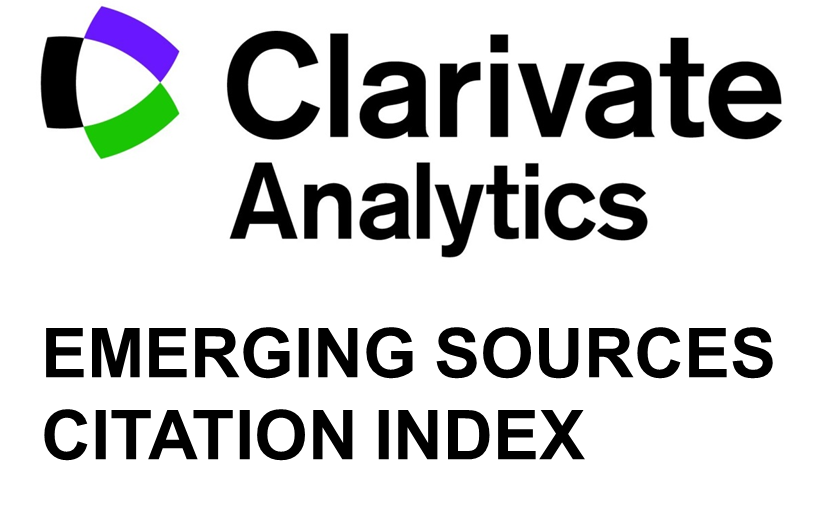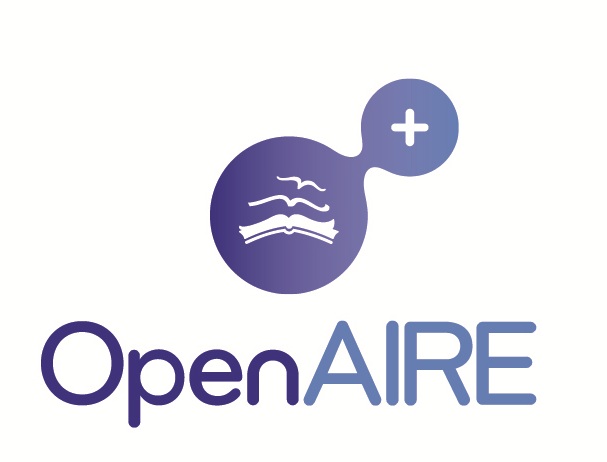Mitigating the Signaling Resources Expended in 5G Location Management Procedures at Millimeter-Wave Frequencies
Agburu Ogah Adikpe, Abdoulie Momodou Sunkary Tekanyi, Abdulmalik Shehu Yaro
DOI: 10.15598/aeee.v20i4.4565
Abstract
The signaling resources expended and the power consumed by User Equipments (UEs) in the Location Management (LM) procedures are expected to be higher in Fifth Generation (5G) than in legacy wireless communications networks. To mitigate this challenge, this work proposes a hybrid scheme that mitigates the signaling resources expended in paging and RAN-based Notification Area Update (RNAU) procedures in 5G. The approach utilizes a hybrid scheme that embeds a UE Identifier (UEID) partitioning scheme that directional pages UEs into a gNB-based UE Mobility Tracking (UEMT) scheme. The approach configures a gNB in an RRC_Inactive state to beam sweep a UEs last registered cell area before directionally paging the UE. The approach proposed in this work is implemented on a modified network architecture to reduce the signaling resources expended on both paging and RNAU of UEs at higher frequencies which is an enabling factor for mmWave systems. Simulation results of the total accumulated cost of paging showed a 65.13 % and 8.69 % reduction in signaling resources expended against the conventional approach and the existing gNB-based UEMT approach, respectively. Additionally, the total accumulated resources expended in both procedures over 24 hours showed that the modified gNB-based UEMT scheme outperformed the conventional scheme and the gNB-based UEMT scheme by 90.96 % and 38.36 %, respectively.






















